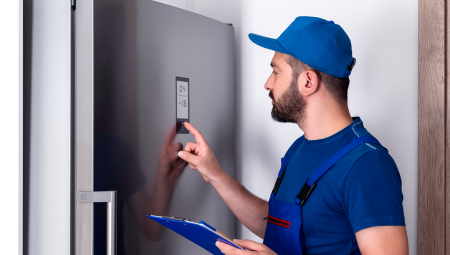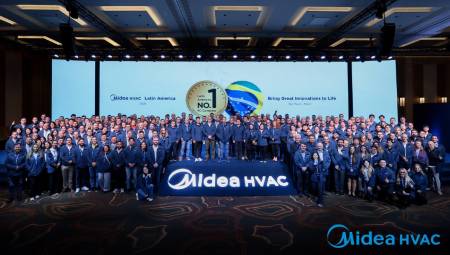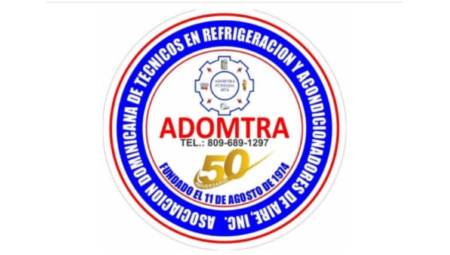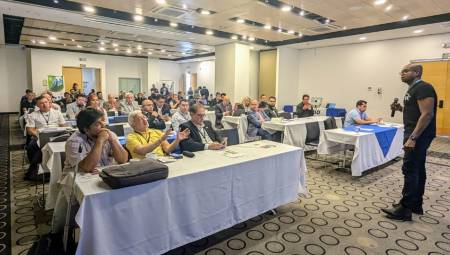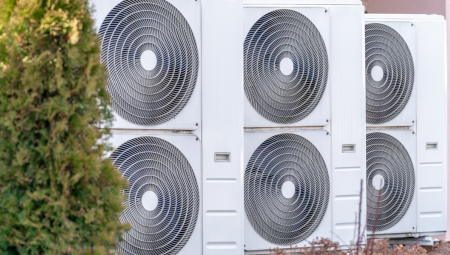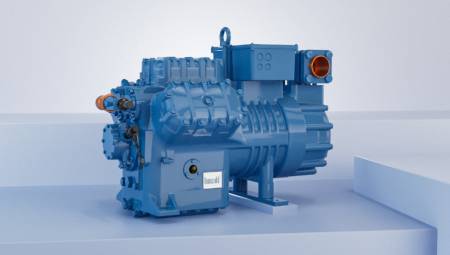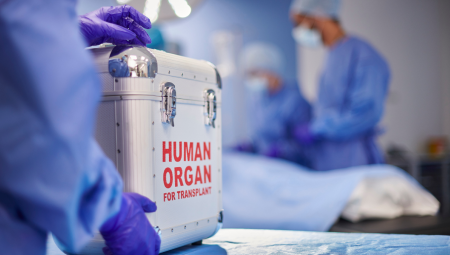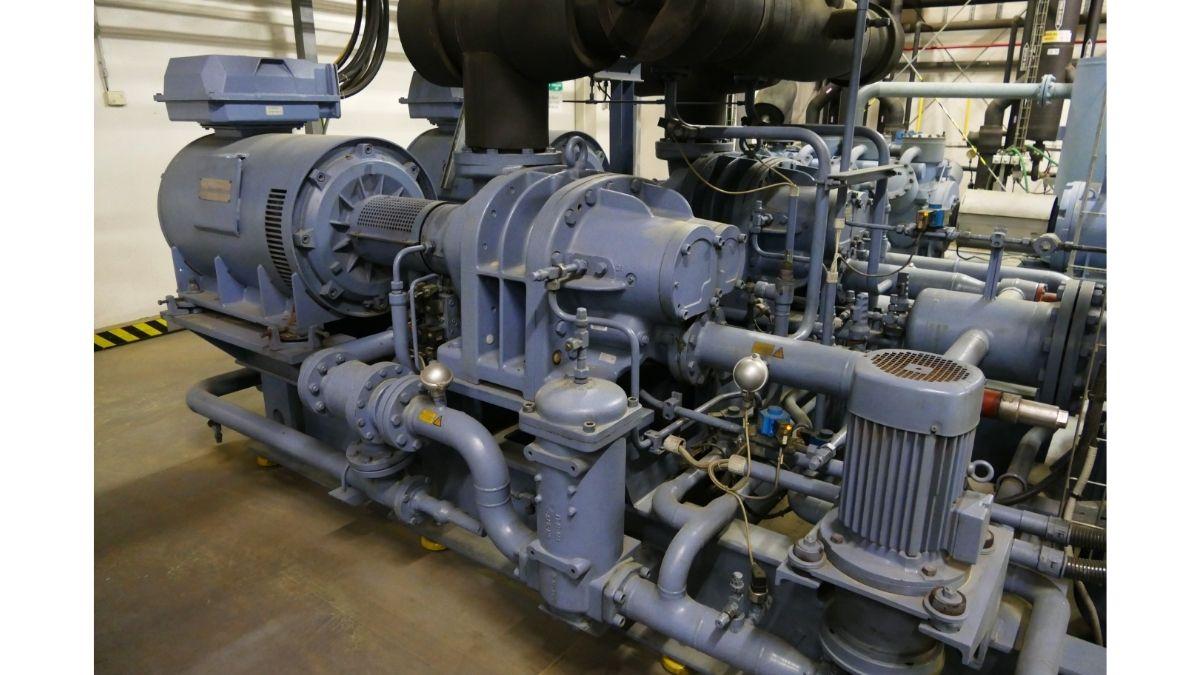 Series of recommendations and analysis on the implementation of ammonia as a solution in refrigeration projects.
Series of recommendations and analysis on the implementation of ammonia as a solution in refrigeration projects.
Eng. Mec.Jairo Castillo Benedetti*
Why use ammonia as a coolant? Ammonia-NH3 is one of the most important chemical compounds widely used in the world today; contributing to our quality of life through the wide field of applications it facilitates, it is affirmed that it is the natural refrigerant of the future, let's see its basic benefits:
• It does not produce a greenhouse effect at all, nor deterioration of the Ozone layer.
• It has excellent energy efficiency. In a closed system less losses, better use of energy. Less R717 refrigerant is required to do the same cooling job compared to other refrigerants.
• Effectiveness depending on its cost. We can buy NH3 around one dollar/Lb, while other alternative refrigerants are between 20-25-35 dollar/Lb. You save a lot of money using Ammonia.
• Contributes to the price of our food to keep it healthy-fresh and safe.
• Ammonia has a high latent heat of vaporization, which also makes it ideal as a refrigerant for this excellent thermodynamic characteristic.
All these advantages are crossed by its toxic-corrosive characteristic that generates damage to our health, but also another in favor (self-alarm) for having a disgusting smell, easily detectable by our smell; no one wishes to remain in a place where there is an ammonia leak.
With the previous prologue we can affirm that Ammonia is the best Industrial refrigerant, it is efficient-effective-ecological and economical; thus, it is important to know its physical-chemical properties, effects on health, workshop in groups, etc ... as part of the agenda, also understand that there are Good Refrigeration Practices with this refrigerant to achieve a Safe Use in an Integral way; we achieve this with frequent training aimed at the people responsible for these tasks in the company.
Remember that the staff rotates and it is mandatory to maintain a discipline of constant training and incorporate it into our SG-SST. In addition, this motivates the staff who observe the company taking care of this essential purpose such as the preservation of the physical integrity of its employees.
On safety with the use and handling of ammonia
Physico-chemical properties related to the safety of ammonia: Knowing the physicochemical properties of Ammonia, we will be aware of its care to practice with respect to its handling and safety.
- Chemical Formula: NH3
- Molecular Weight: 17.03
- Smell: spicy-penetrating-acre (characteristic of the product).
- Detectable smell from 0.6 PPM according to the person's smell.
- It is lighter than air, then its tendency is to rise; Gas specific gravity, [0°C and 1 atm; air=1]: 0.597.
- Specific gravity (liq.), [water at 4°C= 1]: 0.6819(-33.3°C and 1 Atm).
- Appearance: Liquid and Gas without color.
- Normal boiling temperature: –33.3oC at 1 Atm.
- Vapour pressure at 21 °C, 114.1 Psi.
- Latent heat of vaporization: 589.2 BTU/lb (-33.3 °C and 1 atm).
- Flammability Range (BOC Gases UK): 15% to 28% Gaseous ammonia in air (V/V). Very narrow that implies safer.
- Colorless gas under normal conditions.
- Anhydrous Ammonia is gaseous at normal temperature and pressure; at a pressure of 900kPa (130 Psig) it condenses into a colorless liquid and in this state it is marketed to the user in different types of containers (condensed gas).
- Ammonia self-ignition temperature is 651oC.
- The ratio of liquid expansion to vapor, for Ammonia is: 1:850 at 15oC.
- Liquid NH3 produces-releases large volumes of gaseous NH3 into the atmosphere; for this reason, a leak of liquid NH3 is more dangerous than a gaseous leak while retaining the same outlet diameter.
- When heated to atmospheric pressure it begins to decompose around 450-500°C, if it is extremely dry it can remain stable up to a temperature of 600°C, it decomposes into the gases Nitrogen and Hydrogen: 2NH3 = N2 +3H2.
Tips on safety with the use of ammonia
- In the liquid state, Anhydrous Ammonia (without water) has a high coefficient of thermal expansion and unless enough empty space is left in the container, it is possible that, with an increase in temperature, the container that contains it will become completely filled. An additional temperature increase generates a dangerous condition due to the pressure exerted by the liquid, considerably higher than the corresponding vapor pressure at that temperature and explodes with the respective consequences. When the temperature of liquid ammonia is increased by 28°C, there is an expansion in volume of 8% compared to 0.6% for water under the same conditions.
- Use PPE designed for the use of Ammonia.
- The pressure in a container containing Ammonia depends on the temperature, so it should not be taken as a measure of the ammonia content in that container. The correct-safe way to know the content is by weight.
- Always treat Ammonia containers as if they are filled (safely) with Ammonia.
- Keep ammonia cylinders in a cool/ventilated-leveled-dry-neat place. Nor that any source of heat affects them.
- Do not hit or drop the ammonia cylinders.
- Evacuate in the opposite direction to the direction of the wind (avoid locking yourself with the Ammonia).
- Do not store containers with Ammonia along with flammable materials or containers with Chlorine.
- Store the cylinders with Ammonia upright. If a leak occurs, it is better to be gaseous to liquid.
- Whenever the cylinder is not in operation, its protective cap should be placed (depends on the design of the cylinder).
- For cylinder transfers use a trolley designed for this purpose (insure them against falls).
- Install water showers on the floor or near the site of use. You are better off operating with your feet. To free your hands.
- In case of contact with liquid ammonia, apply plenty of water to the contact-affected site.
- A lot of heat (energy) is released when NH3 is dissolved in water; producing an alkaline solution (exothermic reaction).
- Mixtures containing NH3 between 16% to 25% (v/v) of gas in the air, can be ignited with difficulty, although possibly with explosive effect.
- Gaseous NH3 burns – burns vigorously in the presence of oxygen.
- Dry NH3 has a high affinity with water and quickly absorbs traces of moisture. Consequently, dry NH3 attacks Copper, Cadmium, Zinc and their alloys.
- Iron, Steel, Tin, Aluminum and their alloys (free of Copper), are normally resistant to corrosion by NH3.
- NH3 forms explosive compounds upon contact with Silver, Mercury, Chlorine, Iodine and Bromine.
How do accidents happen?
The Loss Causation Model
Hazard and risk-risk assessment
- Hazard: is an intrinsic condition or characteristic that can cause injury or illness, damage to property and/or paralysis of a process (may include substances such as gases and working methods such as handling, storage or the use of gas cylinders).
- Risk: is the combination of the probability and the consequence of not controlling the danger; the low, medium, or high chance that someone or something will be injured or affected by the hazard.
The important thing is to know if:
- Is the danger significant?
- Have precautions been taken satisfactorily in such a way that the risk is minimal?
Basic stages in risk assessment
Stage 1. Look for the Danger.
Stage 2. Decide who could be injured and how.
Stage 3. Assess the risk resulting from the hazard and decide whether adequate precautions are in place to mitigate the risk or should be taken
"The goal is to minimize all risks."
If something needs to be done, produce an action list and set priorities for the remaining risks that are high and can affect the greatest number of people. When you take the actions, check whether:
- You can free yourself from all danger (substitution).
- If not, as you can, control the risk such that it is not possible to cause harm.
In risk control it is useful to apply preferably in numerical order, the following principles:
1. Try a lower-risk option (use a trolley for cylinders instead of moving them rolling).
2. Prevent access to danger (only authorized and trained personnel can enter the gas cylinder warehouse).
3. Organize work to reduce exposure to risk (e.g., use small cylinders that can be easily handled to and from sites of use or storage).
4. Provide adequate PPE.
5. Train all personnel in safe working practices (the risk assessment will determine the necessary level of training, for each type of work as part of a plan of preventive and protective measures).
Note: "Things change over time, different gases or processes could lead to new dangers. If such variations cause significant changes in the original hazard situation assessed, then modify the initial document to take into account the new hazard (inform all involved, the relevant parties to the change). It is good practice to periodically review all assessments to ensure that precautions are still working effectively for current conditions."
Risk control strategy
Use Mnemonics as a memorization technique.... The Roberto Acts, Controls and Prevents Damage!
Eliminate the danger
Reduce the danger or replace it with an alternative
Isolating people's danger
Control the hazard by introducing appropriate measures
Personal Protective Equipment
Discipline
Effects of ammonia vs concentration (ppm)
Eng. Jairo Castillo B – IM UPB, teaches the course of Entrnamiento in Security with Ammonia for Latin America.
JCB Safety with Ammonia.
[email protected]
https://www.jcbseguridadnh3.com/




